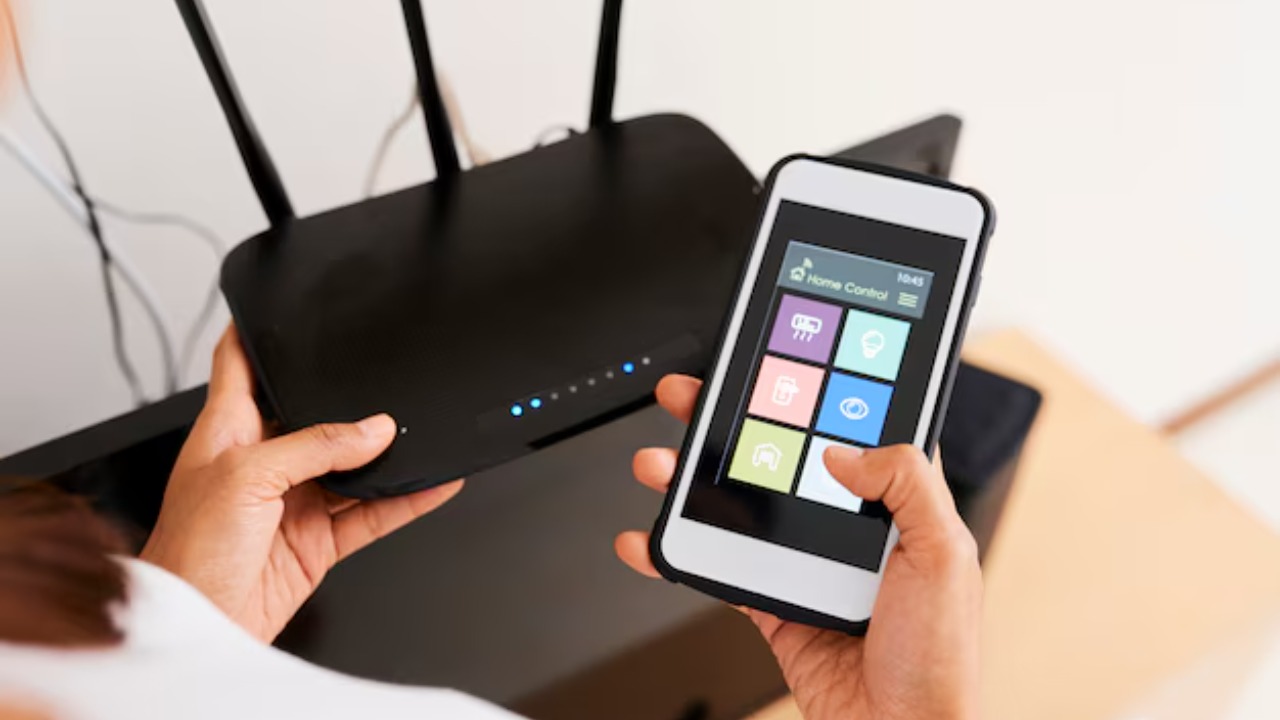
In today’s hyper-connected world, having a fast and reliable Wi-Fi connection is crucial for everything from working remotely to streaming your favorite shows. Yet, many of us find ourselves frustrated with slow internet speeds and connectivity issues. Fortunately, there are several effective strategies to boost your Wi-Fi performance and ensure a smoother online experience.
Optimize Your Router Placement
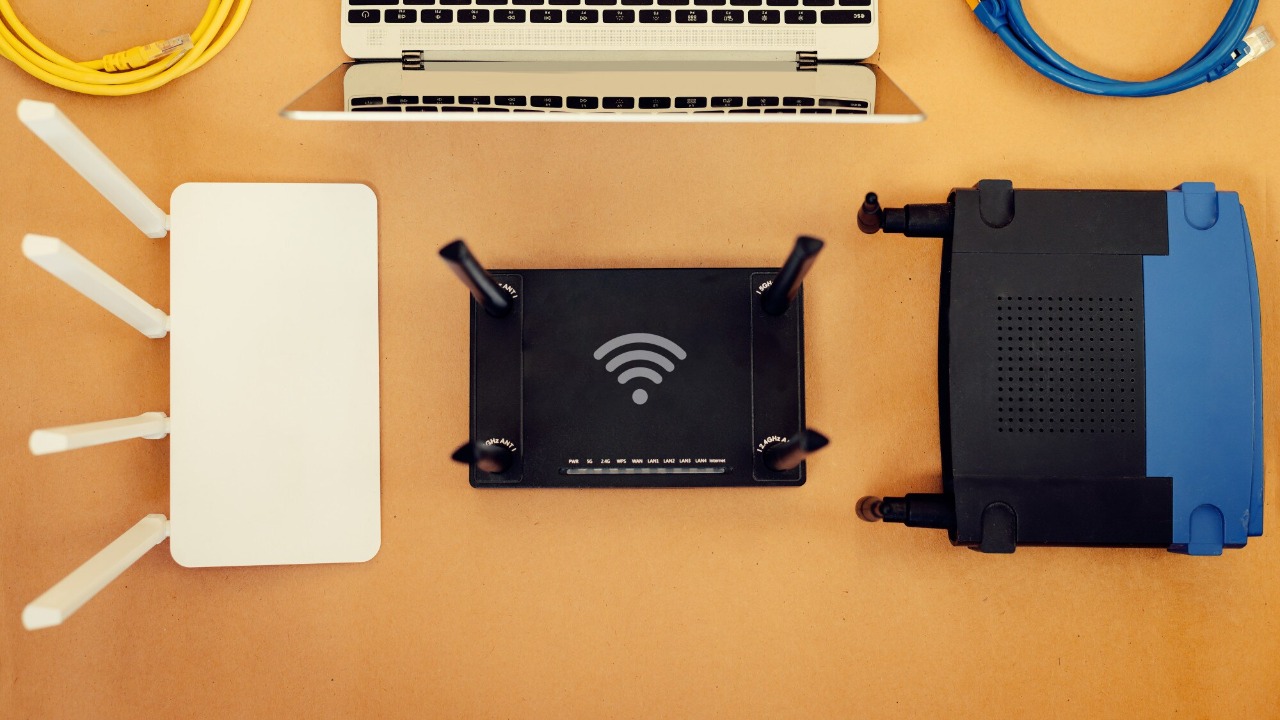
The placement of your router can significantly impact your Wi-Fi speed and coverage. Ideally, your router should be situated in a central location within your home to provide even coverage. Avoid placing it near large metal objects, appliances, or walls that can interfere with the signal. Elevation is also key, so consider placing your router on a shelf or mounting it on a wall to enhance its range.
Additionally, it’s essential to keep your router away from devices that emit radio waves, such as microwaves and cordless phones, which can cause interference. By strategically placing your router, you can maximize its efficiency and ensure a stronger, more reliable connection throughout your living space.
Update Your Router’s Firmware

Keeping your router’s firmware up to date is crucial for maintaining optimal performance and security. Manufacturers regularly release updates to improve functionality and address security vulnerabilities. To update your router’s firmware, access the router’s admin panel through your web browser and check for available updates in the firmware section.
Updating your firmware not only enhances your router’s capabilities but also protects your network from potential threats. This simple maintenance task can make a noticeable difference in your Wi-Fi speed and reliability over time.
Change Your Wi-Fi Channel

Wi-Fi networks operate on different channels, and interference from neighboring networks can slow down your connection. To alleviate this issue, consider changing your Wi-Fi channel to one with less congestion. Many routers automatically select a channel, but you can manually change it through the router’s settings.
Use a Wi-Fi analyzer tool to identify the least crowded channel in your area. Switching to a less congested channel can significantly boost your connection speed and reduce interference. For more detailed insights, you can refer to this research article on optimizing Wi-Fi channels.
Upgrade Your Router Antenna
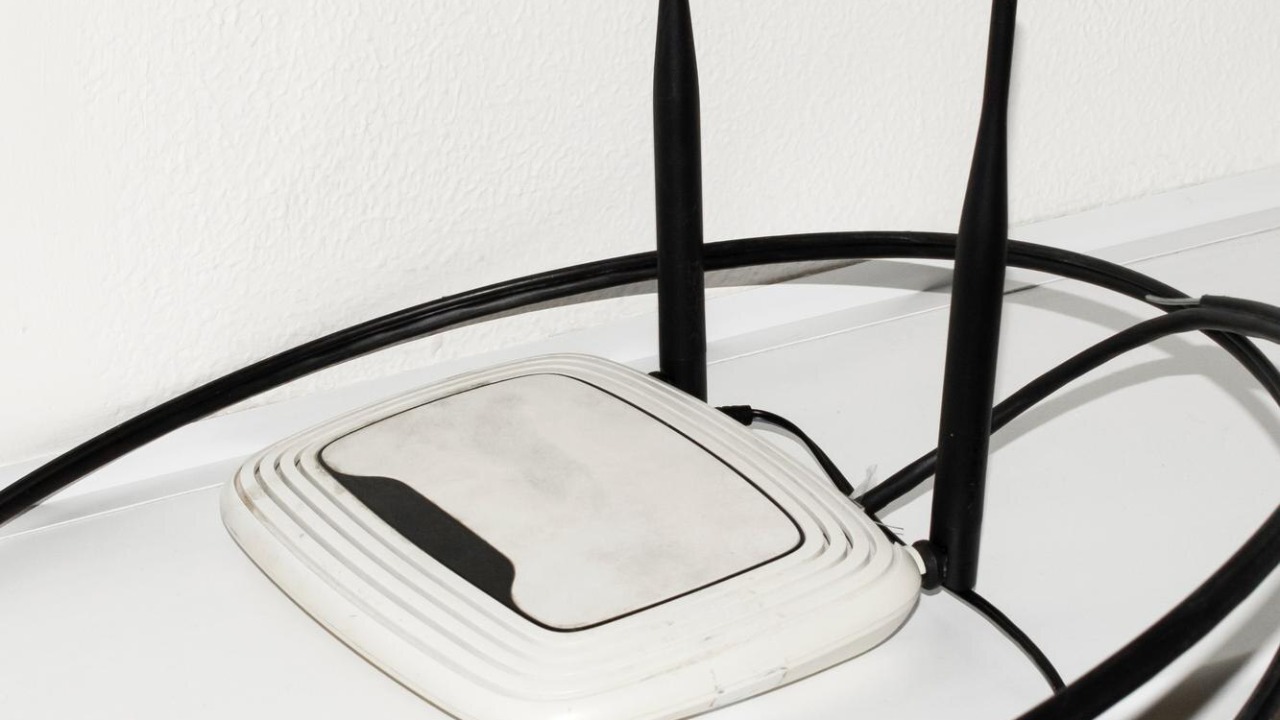
If your router has detachable antennas, consider upgrading them to high-gain antennas for better signal coverage. High-gain antennas can amplify the signal strength and extend the range of your Wi-Fi network, providing better coverage in hard-to-reach areas of your home.
When selecting an antenna, ensure it’s compatible with your router model for optimal performance. By investing in a quality antenna, you can enjoy a faster and more stable Wi-Fi connection, reducing the frustration of dead zones and weak signals.
Limit Bandwidth-Heavy Applications
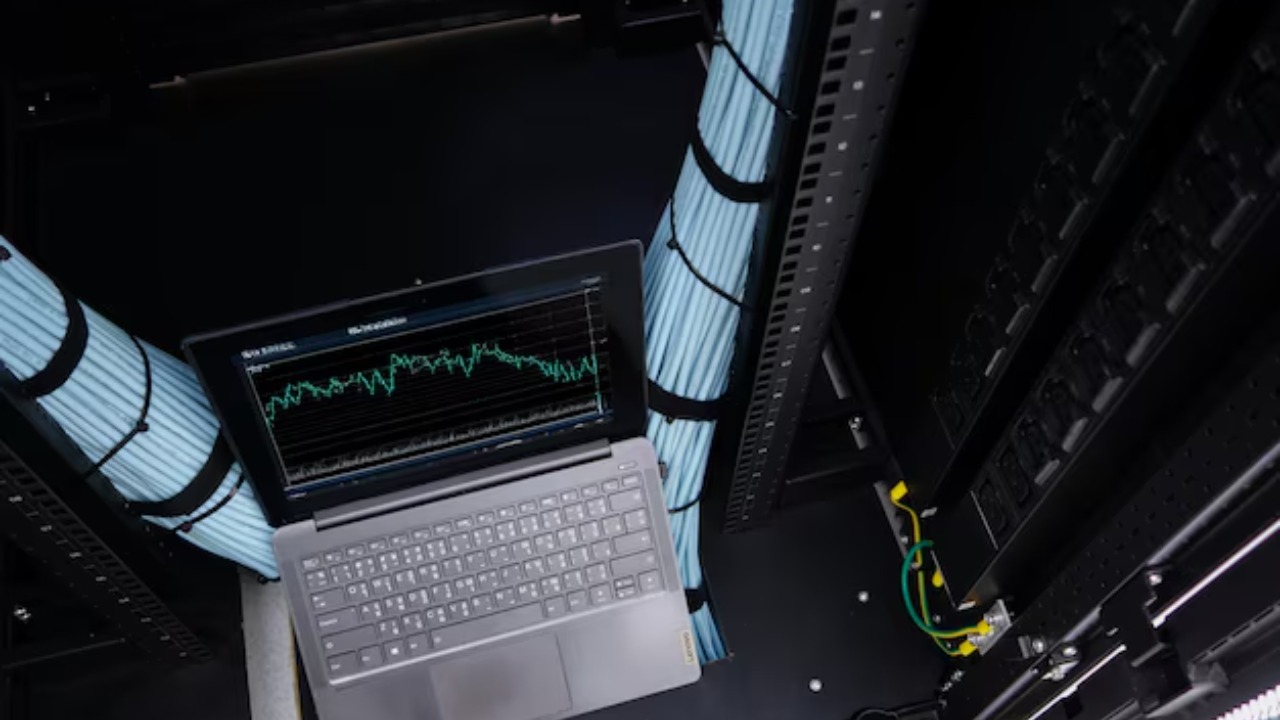
Bandwidth-heavy applications such as video streaming, online gaming, and large file downloads can consume a significant portion of your internet bandwidth, slowing down your connection for other tasks. To manage this, prioritize essential activities by limiting or scheduling these applications during off-peak hours.
Many routers offer Quality of Service (QoS) settings, allowing you to allocate bandwidth to specific applications or devices. Adjusting these settings can ensure a smoother experience for all users on your network. For further tips, check out this CNET guide on managing Wi-Fi bandwidth.
Use a Wi-Fi Extender or Mesh Network
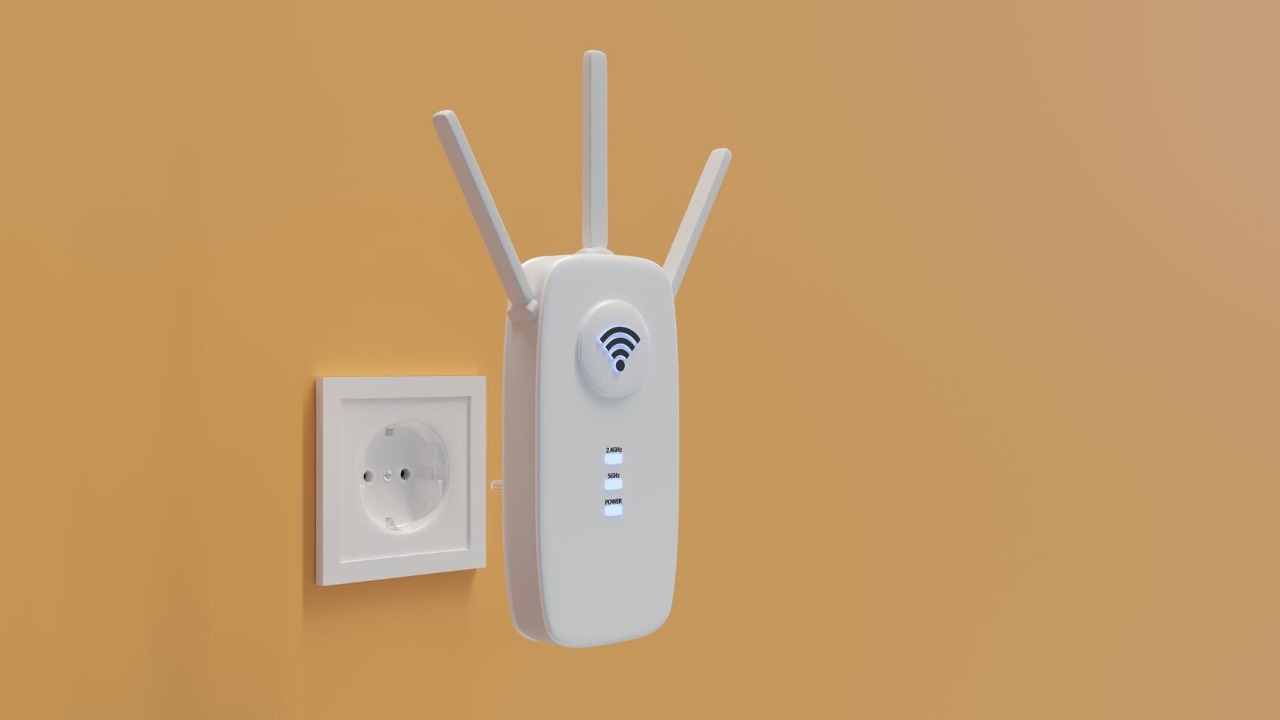
If your home has multiple floors or large areas with poor Wi-Fi coverage, consider using a Wi-Fi extender or mesh network. A Wi-Fi extender can boost the signal from your existing router, while a mesh network uses multiple nodes to provide seamless coverage throughout your home.
These solutions are particularly effective for eliminating dead zones and ensuring consistent speeds in every room. For a deeper understanding of mesh networks, explore this Wired article on improving Wi-Fi performance.
Secure Your Network from Unauthorized Access

Securing your Wi-Fi network is vital to prevent unauthorized access that can slow down your connection. Begin by changing the default login credentials of your router and setting a strong, unique password. Enable WPA3 encryption, or WPA2 if WPA3 is unavailable, to protect your data from eavesdroppers.
Regularly check the list of connected devices in your router’s settings to ensure no unauthorized devices are piggybacking on your network. For additional security measures, consider implementing a guest network for visitors. More insights into network security can be found in this research study.